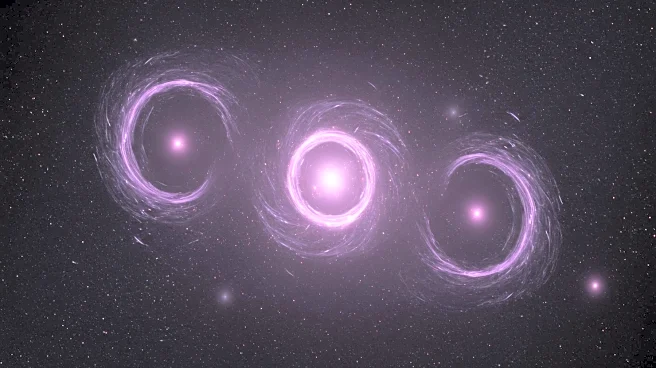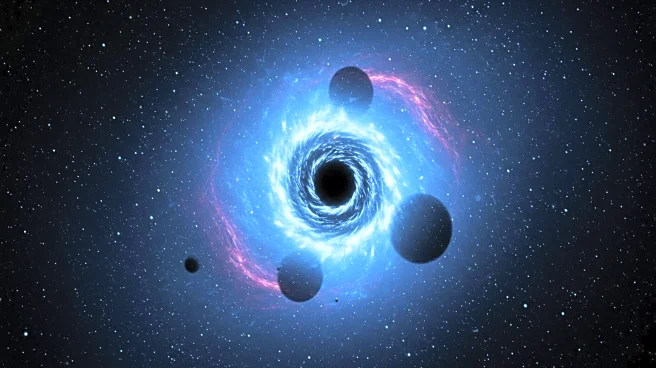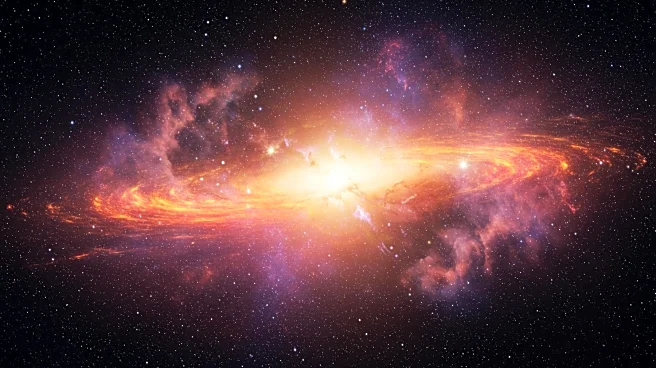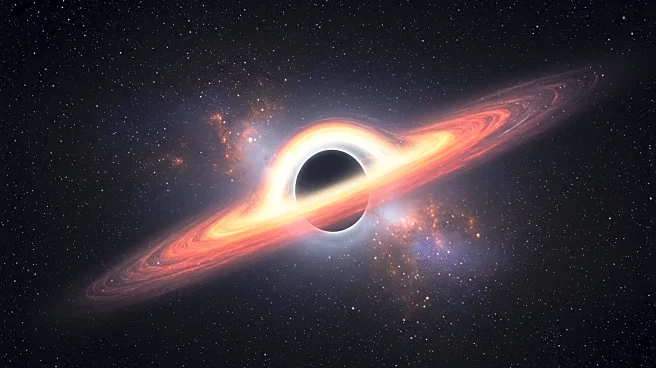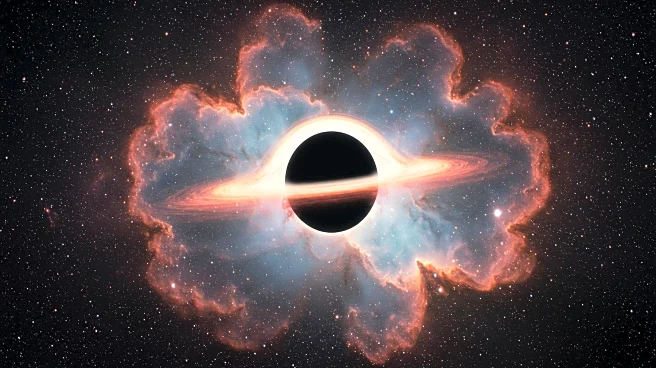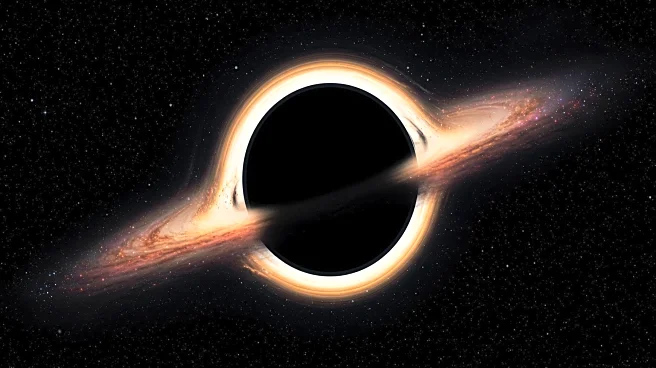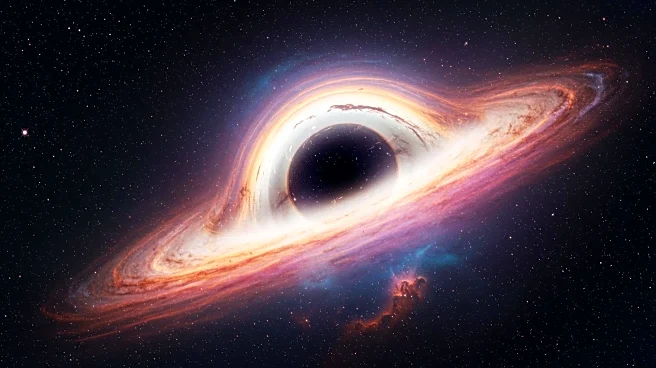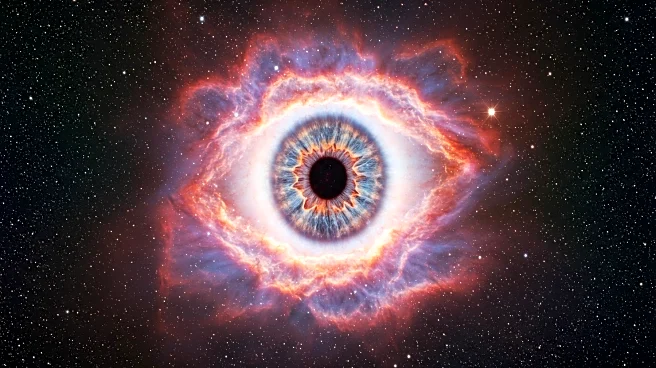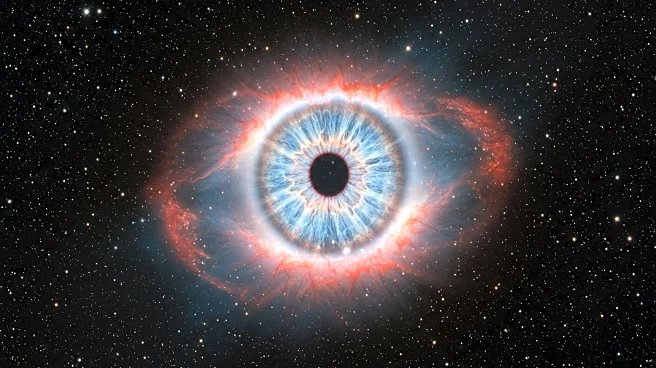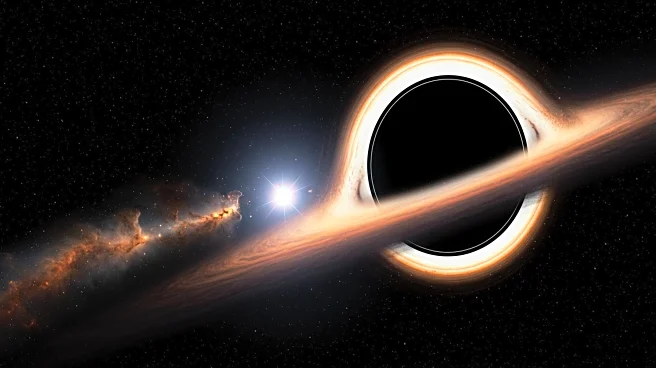Rapid Read • 7 min read
Recent analysis from the LIGO-Virgo-KAGRA collaboration has revealed potential evidence of a third black hole in a binary black hole collision event from 2019. This discovery marks the first clear indication of a third compact object in such a merger, suggesting that the binary black holes involved may have been part of a more complex gravitational system. The event, known as GW190814, involved a black hole that is possibly the smallest ever detected, with a mass just 2.6 times that of the Sun, and another significantly larger black hole. The unusual mass ratio hints at a complicated past, possibly involving a third, larger object influencing the binary's orbit.
AD
The detection of a third black hole in a merger event could significantly impact the understanding of black hole formation and dynamics. It suggests that black hole mergers might occur in more complex systems than previously thought, potentially involving hierarchical mergers. This finding could lead to new insights into the environments and processes that govern black hole interactions. The discovery also supports the existence of black hole trinaries, which could alter existing models of stellar evolution and gravitational dynamics.
The upcoming observing run of the LIGO-Virgo-KAGRA gravitational wave observatories is expected to provide further data on black hole mergers. This could offer more information on the environments in which these events occur and the various ways black hole interactions unfold. Researchers may develop new tools to discern complex circumstances in gravitational wave data, potentially uncovering more instances of hierarchical mergers.
AD
More Stories You Might Enjoy
